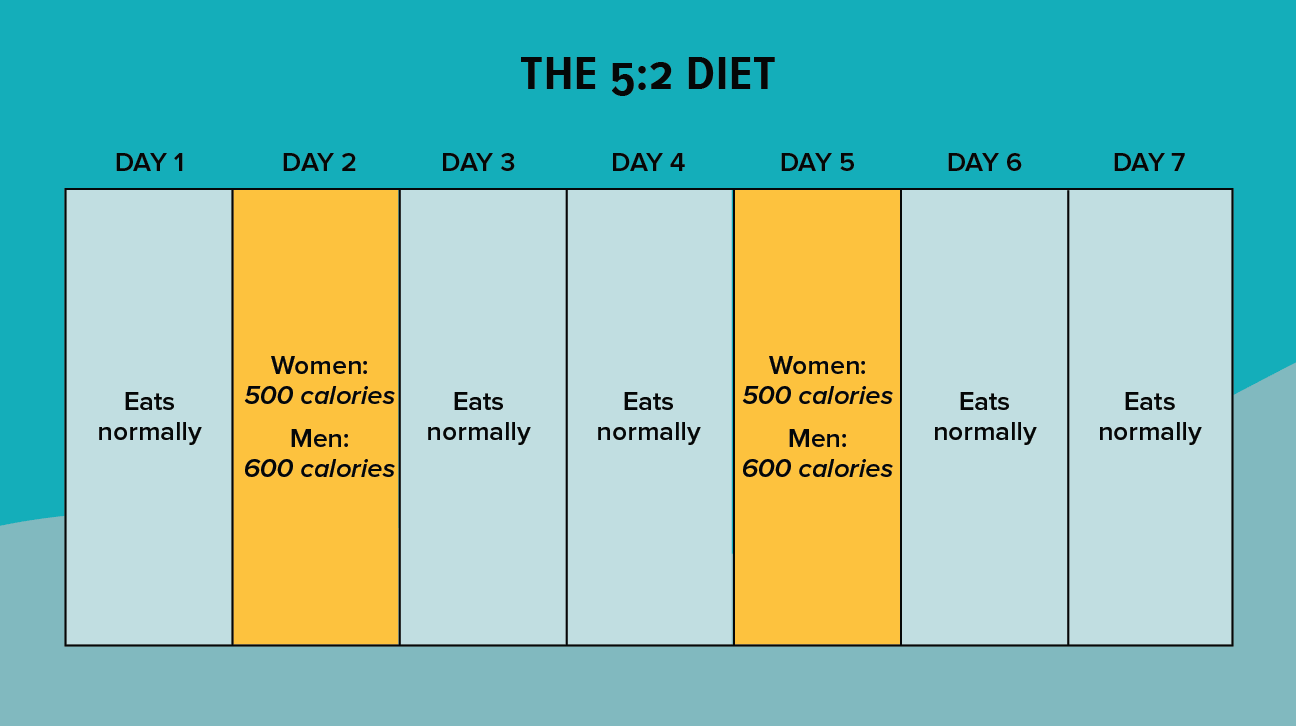Intermittent fasting has recently become a health buzz. By now you’ve probably heard of Intermittent fasting, arguably the hottest diet trend of the last couple years along with keto diet. It’s been tagged as not only a foolproof weight-loss method but also a potential cure for things like high blood pressure, high cholesterol, insulin resistance, poor sleep, and even cancer.
What is intermittent fasting?

Intermittent fasting is simple. It is a schedule that divides your day into 2 parts: an eating window and a fasting window. While most diet plans are concerned with WHAT you eat, this plan is all about WHEN you eat, and that’s it.
There’s no meal planning or preparation for intermittent fasting. You can divide your ideal schedule into 2 parts to fit your lifestyle, and then all you have to do is follow the schedule. The structure of intermittent fasting makes the most of your body’s natural metabolic processes every day,AC which will lead to long term optimal health.
In human terms, it merely means controlling when do you eat and when you don’t. The period when you don’t take any food or drinks (water is an exception) is a fasting window. And the other time when you can consume is the eating window.
Health Benefits of Intermittent Fasting.

Supports healthy weight management
By training your body to burn fat rather than carbs for energy, intermittent fasting can penetrate your body’s natural weight loss mechanisms. Plus, the simplicity of the plan means you’re much more likely to stick with it for a longer time, and eventually lose weight.
When you practice intermittent fasting and successfully switch your body into a fat-burning cycle, your body is using adrenaline to release stored glycogen and access fat to burn. These increased adrenaline levels can help to boost your metabolism. Which will get rid of body fat by fat loss.
Promotes mental clarity and focus.
Intermittent fasting can boost your brainpower because it increases your BDNF, which supports brain connectivity and fresh neuron growth.
Boosts your energy.
Unlike so many calorie restriction diets that can make you feel sluggish, they design the intermittent fasting schedule to support healthy hormone levels so you’re always easily accessing stored fat for energy. No more afternoon slumps.

It helps maintain healthy blood sugar levels.
Fasting can help support the maintenance of blood sugar levels. While you’re in your fasting period, no glucose is being supplied to your body, which means your body has no choice but to use up stored glucose for energy.
Other Benefits:
- reduce oxidative stress
- improve metabolic biomarkers seen in chronic diseases
- improves mental function
- reduces chronic inflammation
- improved quality of life indicators
- improved insulin sensitivity and insulin levels.
- improves beta-cell function
- improves hypertension
- reduced cravings
- improved cardiometabolic health
The utter simplicity of intermittent fasting Schedule
Most of us eat throughout the day, starting with breakfast at 8 and perhaps ending with a snack or dessert after dinner. If you have breakfast at 8 a.m. and a final snack at 9 p.m., you’re consuming food for 13 hours; that’s your current “eating phase or eating window.” The idea behind IF is simply to shorten that window, not necessarily by eating less (though that’s part of it) but by eating less often.
For example, most experts agree that you can experience the benefits with an eight-hour eating window, meaning a 16-hour fast. So you could have lunch at noon and still have your 8 p.m. snack. That’s it. If you can stick to that, it may be enough to produce results.
But wait: Isn’t that just skipping breakfast? And haven’t we heard for years that skipping breakfast leads to weight gain? Yes, and yes. However, it requires a “clean” fast to be effective (more on that below), and once you get accustomed to it, your appetite should correct so you no longer overeat once your window opens.
The Most Popular Intermittent Fasting Schedules
There are many varying methods for intermittent fasting with a distinct eating pattern, but here are a few of the more popular ones that people gravitate towards:
18:6 INTERMITTENT FASTING

This fasting plan is becoming more commonplace. You eat for 6 hours each day and fast for 18 hours. The reason it has become so popular is that you gain the benefits of fasting, but in reality, you are skipping breakfast and stopping all late-night snacks.
Practically, this may look like this eating between 1 pm-7 pm and fasting outside of these hours.
FASTING FOR 12 HOURS A DAY
This intermittent fasting method is straightforward and simple. Many people who are just starting like this option because the fasting portion can occur during times of sleep. Fasting overnight is a brilliant way to knock out an enormous chunk of the fasting time, leaving very few “awake” hours to not eat.
A simple 12-hour fast is fasting between the hours of 8 pm–8 am. So your cut off for eating is 8 pm, no more evening snacks.
5:2 INTERMITTENT FASTING

On this fasting plan, you eat low carbohydrates for 5 days out of the week, but for the other 2 days, you limit yourself to a) 500-600 calories OR b) very limited carbs. It’s up to you to monitor your caloric intake and how to spend them.
Some prefer the fasting days back to back, such as Monday and Tuesday, while others prefer to space the days during the week such as Monday and Thursday. But ultimately, it needs to work in with your lifestyle and your schedule.
EAT–STOP EATING–EAT
In the fasting world, this is one that many people would probably need to work up to. It is a pattern of fasting for 24 hours, 1 fasting days per week.
Working up to this choice would be an excellent option, as it can be more difficult in the beginning to do.
OMAD (ONE MEAL A DAY)
As the name suggests, this is enjoying one meal each day. The meal should be as nutrient-dense as possible and should follow low-carb healthy fat principals. We fix the calorie intake as per the goals.
WHAT TO EAT DURING INTERMITTENT FASTING
A popular misconception is that you can allow yourself to eat anything while doing Intermittent Fasting, including fast food, sugary, and highly processed foods. If your goal is to lose weight, improve productivity, and get healthier, it is essential to stick to healthy meals.
This means eating whole foods and avoiding the usual suspects such as sugar, processed foods, and empty carbs.
The diet you choose is up to you; as long we balance them and fit your lifestyle. For many, the Keto has proven to be a great supplement to Intermittent Fasting, as it may help you burn more fat.
TIPS
- It is essential to maintain a consistent eating time. Being consistent with your schedule has proven to produce better results.
- Make sure your intermittent fasting plan is packed with proteins (at least 1.5 grams of protein per body weight in kg) to put some muscle mass, and you are going on a calorie deficit if your goal is weight loss.
- Physical activity is a must for effective fat loss.
- A Keto diet plan can work out effectively when coupled with intermittent fasting.
- Food intake timings and total calories are very important for effective results.
Thank you for reading the article, hope the information shared helps you to get in shape.
Also, read our other articles on fitness timer apps, which will help your home workouts.

